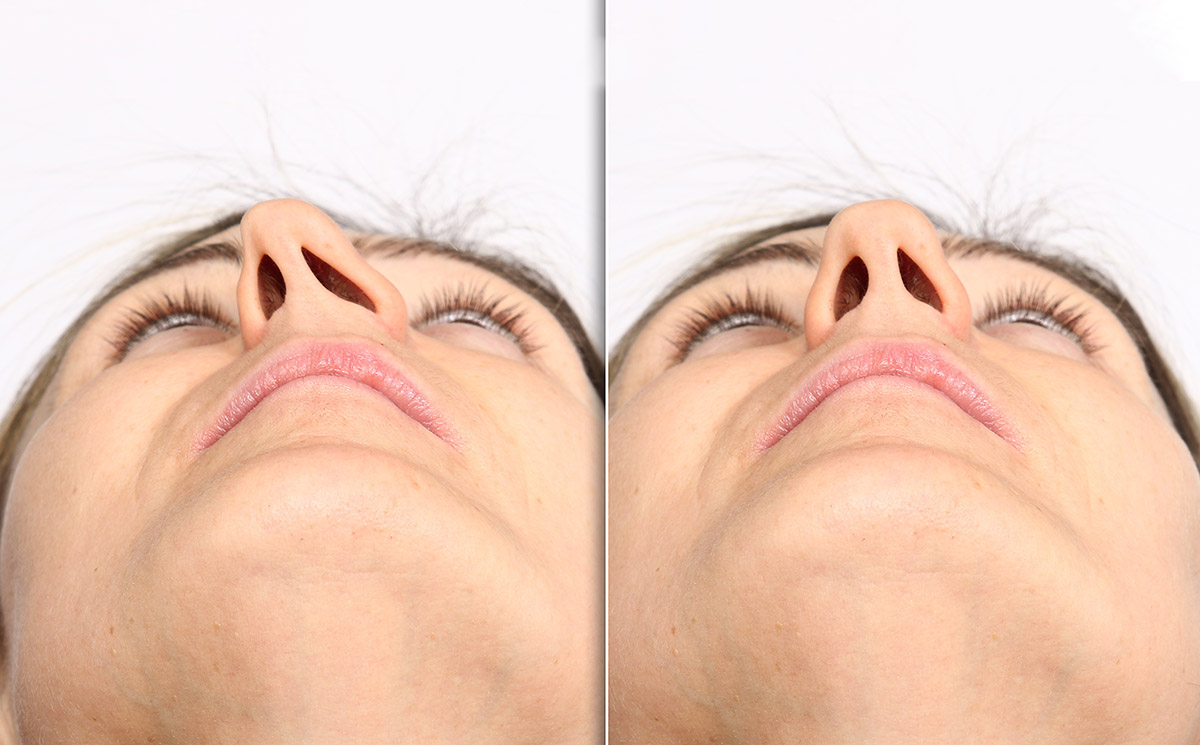Every Dallas household owner understands the discomfort of a house filled with dust and allergens, as does visit website. One solution that’s often ignored? Air duct cleaning. Here’s what you need to understand.
What is Air Duct Cleaning?
Ever given your a/c system a deep vacuum? That’s basically what air duct cleaning is. Technicians use specialized vacuums, brushes, and blowers to purge your ducts of dust and particles. The result is a smoothly breathing HVAC system.
The Importance of Air Duct Cleaning
When the Texas heat strikes, our cooling is cranked up. This continuous use results in dust and irritants collecting in your ductwork. If you ignore it, you’re looking at potential air quality problems, cautions view their professional website. This could escalate problems for citizens with allergic reactions and impair the efficiency of your heating and cooling system. A routine cleaning schedule keeps those sneezes at bay and maintains your system’s health.
What Happens If You Overlook Duct Cleaning?
Skipping on duct cleaning may appear harmless. However, ignored ducts can quickly become hotbeds for mold, mites, and germs. The fallout? Compromised air quality, exacerbated allergic reactions, and even an unnecessary increase in your energy costs due to a having a hard time HVAC system. In a nutshell, dirty ducts can cost you convenience and money.
Cleaning Frequency: When and How Typically
For Dallas homeowners, expert duct cleaning must be set up every 3-5 years. That said, your timeline might differ. Just recently refurbished your house? Have family pets or smokers in your home? These elements may necessitate more regular cleaning.
The Perks of Air Duct Cleaning
Dust free ducts indicate more than fewer allergens in the air. They can also cause lower energy bills. A cleanse duct enables your a/c system to run more effectively, minimizing the energy required to cool your house. Plus, fewer dust particles blowing around translates to less dust deciding on your furniture and surface areas.
Conclusion
Air duct cleaning is no luxury; it’s a need for Dallas home-owners aiming to maintain a healthier, dust-free home. Routine cleaning improves your indoor air quality, decreases prospective allergens, and optimizes your heating and cooling system’s performance.
So, all set to clarify? Schedule your duct cleaning service today with our professional team right here in Dallas.
Fresh Air Duct Cleaning
Address: 13601 Preston Rd #960, Dallas, TX 75240
